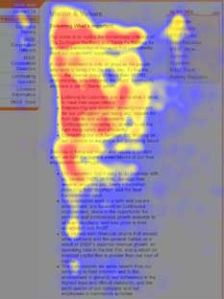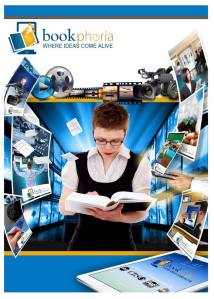25 Goodie Bag Ideas for Your Book Launches, Readings, Signings and Other Promotions

Image credit: Hammer & Thread
Goodie bags are not just for birthday parties anymore. Just like companies give goodie bags filled with small presents to promote their products, authors can fill goodie bags with little literary treasures to excite and delight the hearts and minds of book lovers. You can use them as gift bags for your VIP clients and strategic partners, as well as prizes in giveaways and contests.
Everybody wants to feel special, and with a little imagination, you can put together your own signature goodie bag to make your readers and clients happy. Here are 25 bookish goodie bag ideas for your book launches, readings, signings and other promotions:
- Your book autographed by you (Duh!);
- Bookmarks: check out some cute DIY felt ones on our Bookphoria Pinterest board or turn your photo collage into a bookmark with an added quote ;
- Reading lights;
- Fabric book covers;
- Pens custom-branded for you;
- Calendars with illustrations or quotes from your book;
- A set of cards featuring illustrations and quotes from your book;
- Stationary, such as notepads, cards and envelopes, custom-branded for you;
- Magnets with quotes from your book;
- A set of printed library cards that can be used as gift tags, invitations, records of book exchanges, or little notepads (see examples here);
- Gummy worm candies for bookworms;
- Book-themed mugs;
- Feeling crafty? Make some DIY Tile Photo Coasters or pick from the existing styles, colors and shapes, add your words, and then personalize your coasters with your own photo or art.
- Favor containers personalized with your quotes;
- Recipe cards if your book contains any recipes;
- Fortune cookies with your book quotes inside;
- A pack of custom heart candies with your clever sayings;
- A spice jar filled with your favorite spices and a label with your quote;
- A whimsy literary charm to mark a drink glass, like this set of 6 double-sided Fairytale Wine Glass Charms that include Pride and Prejudice, Jane Eyre, Snow White, Red Riding Hood, Romeo and Juliet and Cinderella;
- Copied book pages to wrap small items;
- Bookish socks, like Curl Up With a Good Bookworm Socks or Typewriters: “Your feet will want to tap, tap, tap the day away in our fun Typewriter women’s crew socks!”
- Origami made out of paper with your printed press releases, book reviews and other marketing materials that look impressive but not salesy in a cute origami form;
- A flash drive with audio files of your interviews, book readings, etc.;
- A DVD of your public appearances, talks or presentations;
- A custom designed library tote bag to hold your creative goodies.
What bookish gifts have you enjoyed giving or receiving? Share in the comments below.
P.S. Want our opinion on how you can multiply your impact and income?
Click here to join other experts invited to our free rapid fire mentorship session.







